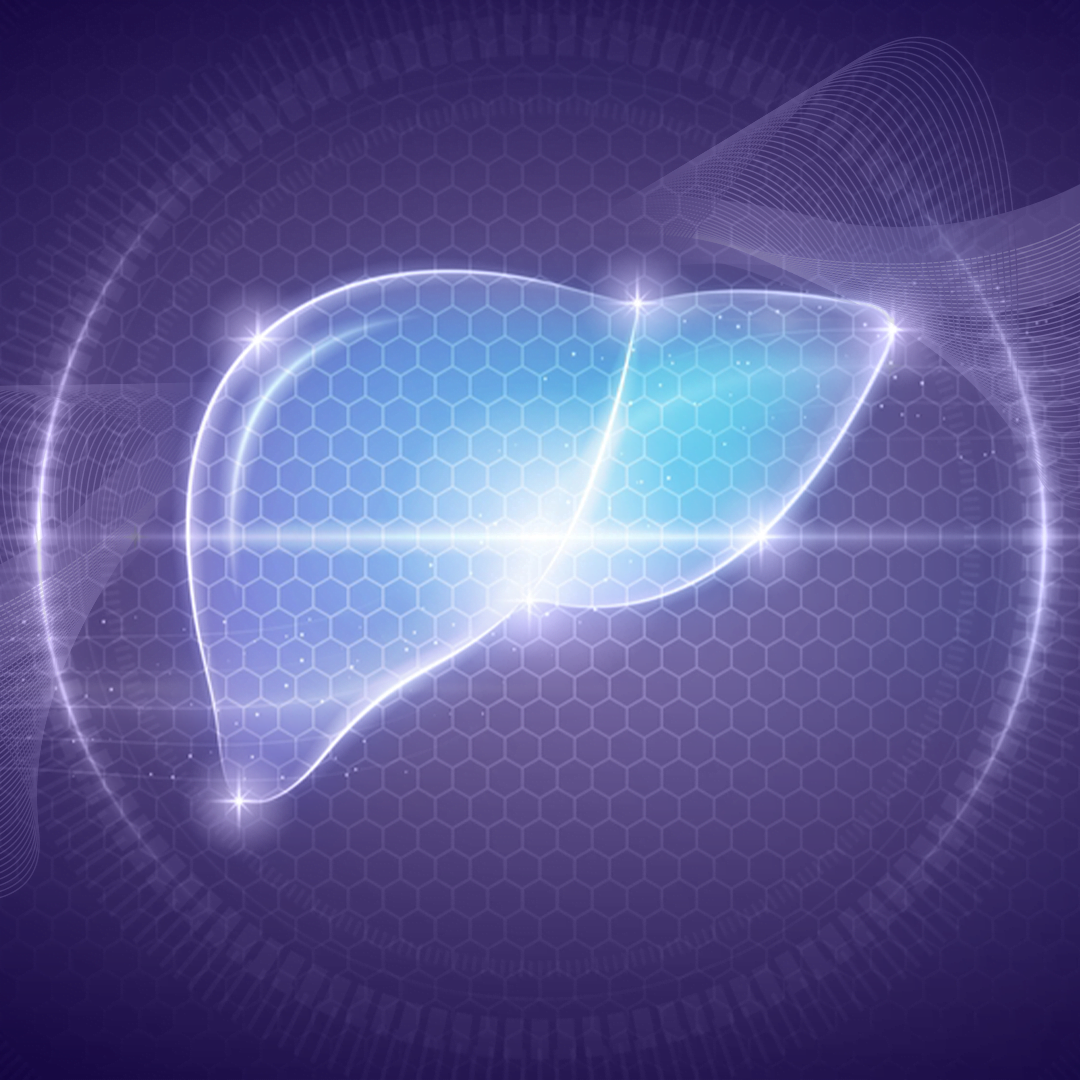Cholangioscopy

What is cholangioscopy?
ERCP is a medical procedure used to examine and diagnose problems that may occur in the bile ducts and pancreas. This is done by inserting a thin tube containing a small camera through the mouth or through the skin to reach the area to be examined, which helps in providing a detailed view of the bile ducts and pancreas.
Uses of Endoscopic retrograde cholangiopancreatography ERCP
ERCP is used in various medical situations, including:
- Diagnosing obstruction in the biliary system caused by gallstones or tumors
- Imaging the bile ducts to identify issues related to gallstones or inflammation.
- Removing gallstones from the bile duct via endoscopy or addressing obstructions that interfere with bile flow.
- Imaging the pancreas and bile ducts using advanced techniques to detect pancreatic diseases or abnormalities in the bile ducts.

Symptoms of Biliary System Diseases:
Symptoms of biliary disorders include:
- Abdominal pain, especially in the upper right part of the abdomen.
- Yellowing of the skin and eyes (jaundice).
- Changes in urine and stool color.
- Unexplained weight loss.
- Nausea and vomiting.
Necessary Tests Before Performing ERCP
Before undergoing the procedure, the patient's health condition is assessed through tests such as:
- Blood tests to check liver function levels.
- X-rays or CT scans to determine the current condition of the bile ducts.
- Examination of the patient’s medical history.
Preparation for ERCP:
Preparation typically involves fasting for a certain period before the procedure. The patient may also need to take specific medications before the procedure as instructed by the doctor.
Duration of ERCP:
ERCP usually takes between 30 minutes to an hour, depending on the complexity of the case.
Potential Complications of ERCP
While the procedure is generally safe, it can cause some complications such as:
- Injury to nearby tissues or organs
- Bleeding.
- Infection in the bile ducts.
- Rupture of the tube used.



